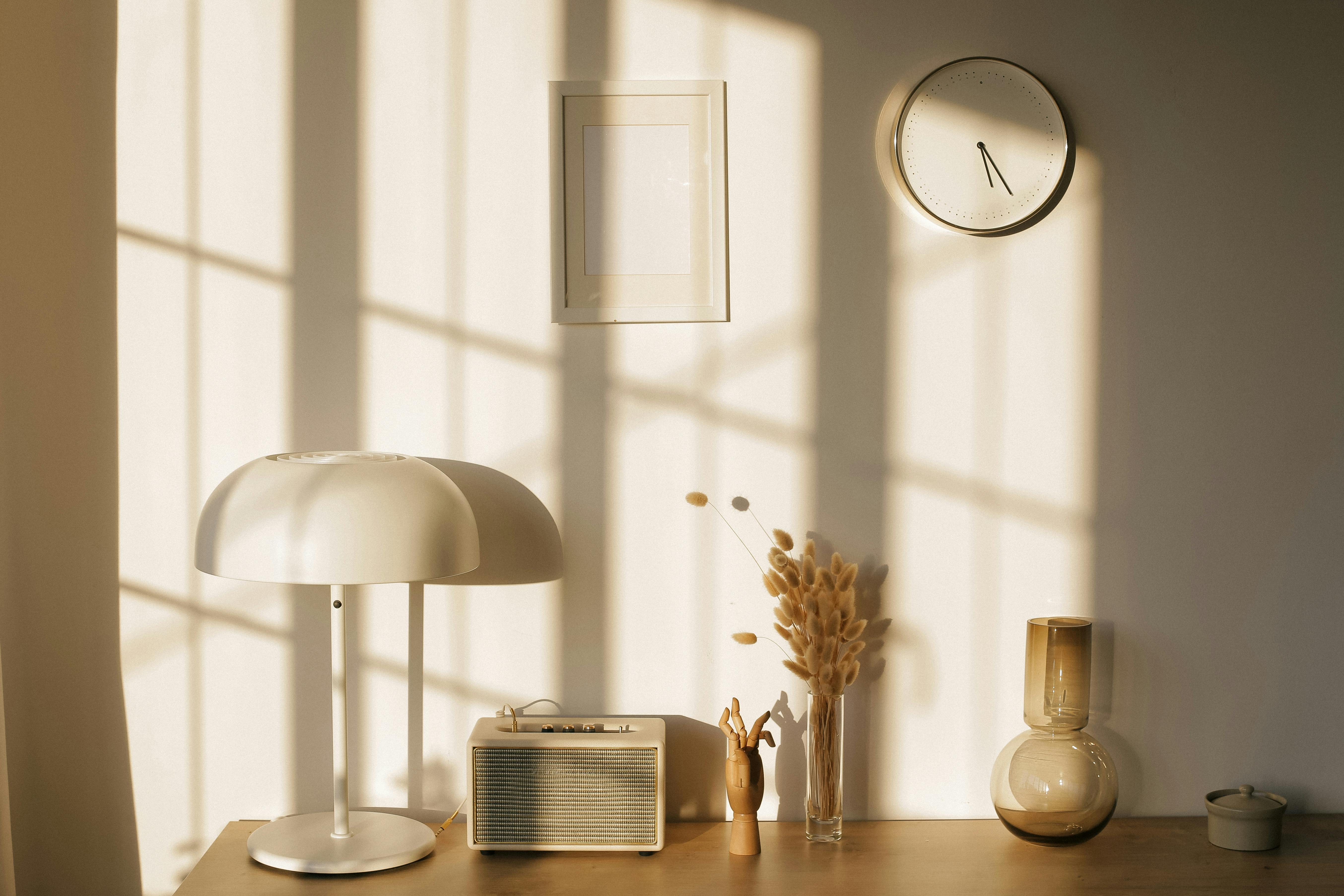Snake plants, also known as Sansevieria or mother-in-law’s tongue, are some of the most popular and hardy houseplants available. A key feature of snake plants is their ability to thrive in a wide range of light conditions. That being said, it is important to understand how much light a snake plant needs in order to ensure its health and longevity. In this article, we will explore how much light a snake plant needs and provide some tips on how to keep your snake plant happy and healthy.Snake Plant (Sansevieria trifasciata) has low light requirements and can tolerate low light conditions. It can also tolerate brighter light levels, but direct sunlight should be avoided. It will do best in bright, indirect sunlight or partial shade.
How Much Sunlight Does Snake Plant Need?
Snake plants are known for their easy-care nature and adaptability, making them a popular choice for many indoor gardens. While this plant can tolerate low light conditions, it thrives in bright, indirect sunlight. To get the best results, you should provide your snake plant with four to six hours of bright, indirect sunlight a day. Snake plants prefer bright light but can tolerate some direct sunlight. If you give it too much direct sun, however, the leaves may burn or wilt. To prevent this from happening, make sure to keep your snake plant away from windows that get direct sun throughout the day. If you don’t have access to bright indirect sunlight, you can use artificial lighting such as fluorescent or LED grow lights to supplement its needs. Make sure that whatever type of lighting you use is placed close enough to the plant so it receives the right amount of light energy.
When it comes to caring for your snake plant, remember that it likes well-drained soil and plenty of water. During the summer months when growth is more active, water your snake plant on a regular basis and allow the soil to dry out between waterings. In winter when growth slows down, reduce watering and let the soil almost dry out between waterings. With proper care and attention, you can keep your snake plant looking beautiful all year round!
How to Tell if Snake Plant is Getting Too Much or Too Little Light?
Snake plants are a popular houseplant and require minimal care. However, one of the most important factors in keeping your snake plant healthy is ensuring it gets the right amount of light. Too much light can burn the leaves, while too little will cause it to become weak and leggy. To make sure your snake plant is getting the right amount of light, there are a few signs to look out for.
If you notice that your snake plant’s leaves are turning yellow or brown, this could be a sign that it’s getting too much light. If this happens, move the plant to an area where it won’t get direct sunlight and provide some additional shade.
Conversely, if your snake plant’s leaves are looking pale or limp, this could mean that it’s not getting enough light. If this is the case, move the plant to an area with more light but not direct sun. You may also want to consider adding a grow light if you don’t have enough natural light available for your snake plant.
The general rule for snake plants is that they need bright indirect sunlight or artificial grow lights for at least six hours per day in order to stay healthy and thrive. Keeping an eye on these signs can help you ensure that your snake plant gets just the right amount of light every day so it can remain strong and vibrant!
Is a Snake Plant Suited to Low Light Conditions?
The snake plant, or Sansevieria trifasciata, is an ideal plant for those looking for an easy-care option for low light conditions. This hardy succulent does best in bright indirect light, but can also tolerate lower light levels. It can even survive in areas of barely any light at all, making it a great choice for darker rooms or offices. The snake plant is also very drought tolerant and can go several weeks without water – making it a perfect choice for forgetful gardeners. With its striking leaves and attractive form, the snake plant adds a touch of style to any room or office without much effort.
In conclusion, the snake plant is definitely an appropriate choice for those looking to add some greenery to a space with low light conditions. Its easy care requirements and attractive foliage make it a great addition to both homes and offices alike.
What Type of Light is Best for a Snake Plant?
Snake plants, also known as mother-in-law’s tongue, are one of the most popular houseplants. They are hardy and very low maintenance and can survive in a variety of conditions. One key factor to consider when growing snake plants is the type of light they need to survive and thrive. While snake plants can survive in lower light situations, they will grow much better in medium to bright indirect light.
Snake plants prefer bright, indirect light but not direct sunlight, which can scorch their leaves and cause them to turn yellow or brown. If you are growing your snake plant indoors, place it near a window that receives plenty of natural light but is not subjected to direct sunlight. For outdoor snake plants, choose a spot that receives partial shade or morning sun and some dappled afternoon shade.
If you notice your snake plant’s leaves starting to look pale or faded, it may be receiving too little light and should be moved closer to the window or given an artificial grow light to supplement its natural light sources. On the other hand, if your plant’s leaves start looking yellow or burned, it is getting too much direct sunlight and should be moved away from direct sunlight or given some additional shade.
Overall, snake plants are quite tolerant of different types of lighting conditions but will thrive best in bright indirect light. When choosing where to place your plant indoors or outdoors, keep an eye on its coloration and make adjustments as needed so your snake plant can get just the right amount of light for healthy growth.

Should Snake Plants be Left in Direct Sunlight?
Snake plants, also known as mother-in-law’s tongue or sansevieria, are some of the most popular houseplants due to their easy care. While snake plants can tolerate a range of light conditions, they should not be left in direct sunlight for extended periods of time. Direct sunlight can cause the leaves to become bleached or burn, which can damage the plant.
Instead, snake plants should be placed in bright indirect sunlight. This means placing them near a window that receives bright light but not directly in front of it. Placing them too far away from a window will reduce the amount of light they receive and can cause them to become leggy and weak.
Snake plants prefer high humidity levels and should not be exposed to drafty windows or air conditioning vents. They are also sensitive to extreme temperatures so it is important to keep them away from cold drafts and radiators.
Snake plants don’t need a lot of fertilizer but they do need some during their active growing season (spring through summer). Use a balanced liquid fertilizer with an NPK ratio of 10-10-10 diluted to half strength once every 2 weeks during this time frame. In winter, fertilizing should cease as the plant goes dormant until spring.
Overall, snake plants are very low maintenance houseplants that require minimal care if you follow these guidelines for lighting and humidity levels. If you provide your snake plant with the right amount of bright indirect light and keep it away from cold drafts and radiators, your plant will thrive for many years!
What Happens if My Snake Plant Doesn’t Get Enough Light?
If your snake plant does not get enough light, it will likely start to experience a variety of problems. It may have reduced growth and longer periods of time between new leaf growth. The leaves may become pale in color and start to droop, or the edges of the leaves may begin to turn brown or yellow. Additionally, you may notice the plant’s stems becoming thin and weak, making it more prone to toppling over. In extreme cases, the leaves can even start to die off.
It is important to give your snake plant the right amount of light so that it can thrive and stay healthy. Provide it with bright but indirect sunlight for at least a few hours per day, or place it near a south-facing window that gets plenty of light throughout the day. If you cannot provide your snake plant with adequate natural light, consider investing in a grow light that will provide a suitable alternative source of illumination.
Does a South-Facing Window Provide Enough Light for a Snake Plant?
Snake plants, also known as Sansevieria, are popular houseplants that are renowned for their ability to thrive in low-light conditions. While snake plants can survive in darker environments, they will generally benefit from some exposure to indirect light. A south-facing window can provide enough light for a snake plant to grow and flourish.
Snake plants require bright, indirect light to thrive. A south-facing window is ideal for this purpose because it receives the most sunlight throughout the day and provides plenty of indirect, bright light for your snake plant. However, the intense midday sun may be too strong for your plant, so you should consider using sheer curtains or blinds to filter out some of the light if needed.
Snake plants can also be placed further away from the window if necessary. In this case, you may need to supplement natural sunlight with artificial lighting such as fluorescent or LED lights for your snake plant to get enough light throughout the day. If you do choose to use artificial lighting, make sure it is designed specifically for plants and is placed close enough to your snake plant so that it gets adequate exposure without being too close and overbearing.
If you’re unsure if your snake plant is getting enough light in its current location near a south-facing window or with artificial lighting, look out for signs of trouble such as yellowing leaves or limp stems. If your snake plant does not seem to be growing properly despite being exposed to ample natural or artificial light, consider moving it closer or farther away from the window depending on its needs.
Overall, a south-facing window can provide plenty of indirect light that your snake plant needs to thrive and grow healthy foliage. However, you should still keep an eye on your snake plant’s health and adjust its positioning near the window accordingly if needed in order to ensure that it has access to optimal amounts of sunlight all year round.

Conclusion
The snake plant is an extremely low maintenance and easy to care for houseplant. It requires minimal attention and does best in moderate to low light conditions. In other words, it’s one of the easiest plants to take care of, as long as you remember to water it every now and then. With a little bit of effort and know-how, you can have a beautiful snake plant in your home for years to come!
Overall, Snake Plants are not particularly fussy about light requirements and can tolerate low light levels quite well. They will thrive under bright indirect light, but they can survive in very low light conditions too. The key is to make sure they are not exposed to direct sunlight or too much heat. With the right amount of light and water, your Snake Plant should stay healthy and happy for many years!

